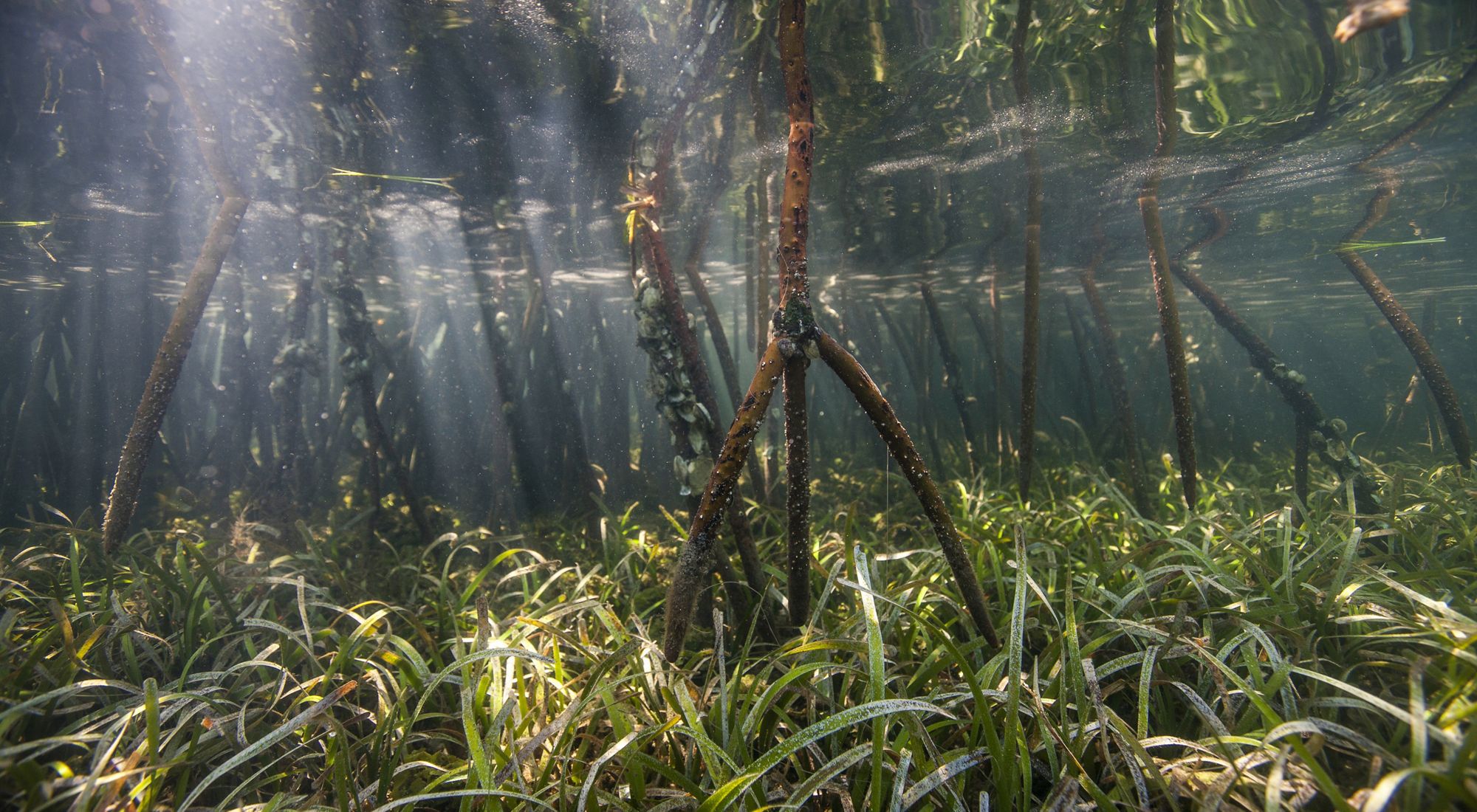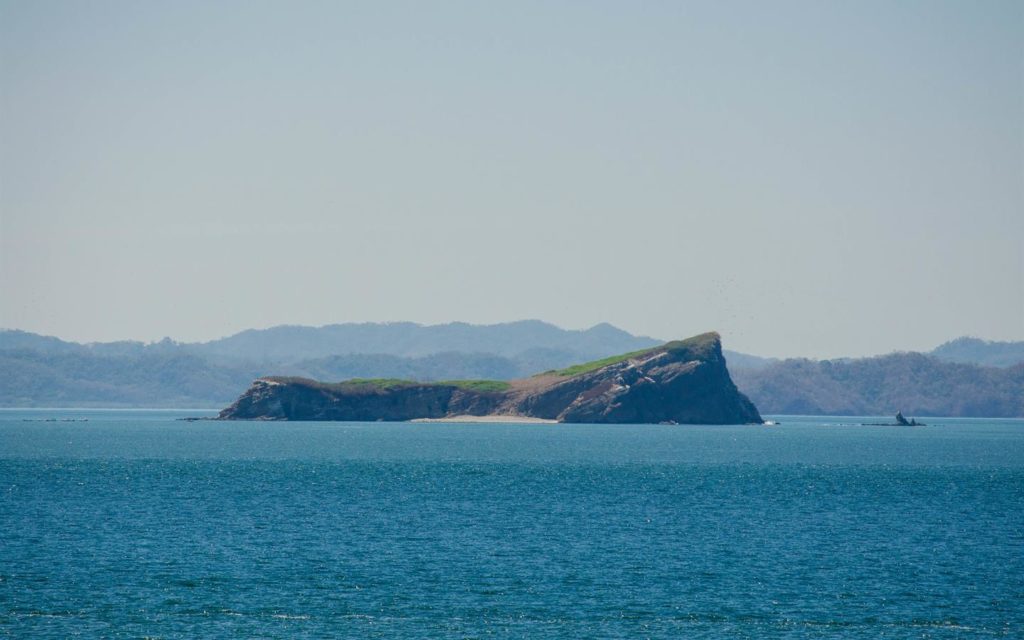
What is Blue Carbon?
The natural world is a delicate balance of millions of plants, animals, and elements. Carbon, while being one of the key requirements for life, can become an issue if too much is pushed into the atmosphere and not enough is pulled out. Carbon dioxide is produced through natural processes such as the decay of carbon-based life forms and organic materials but is also created through the combustion of fossil fuels and wood.
Luckily, our coastal ecosystems are incredibly efficient at removing harmful amounts of carbon from the atmosphere — often storing it for millions of years. However, as these underground or underwater plant-based storage systems slowly disappear, the less effective they can be at pulling carbon out. See how this “blue carbon” can be retained through proactive protection of our coastal ecosystems.
What is Blue Carbon?
The term “blue carbon” does not refer to the color of the physical carbon element. Instead, it is related to where the vast majority of this kind of carbon is captured and stored: in our coastal and marine ecosystems. When carbon is released into the atmosphere, marine plants are able to capture a significant amount of this element in tidal salt marshes, mangrove forests, kelp forests, and seagrass meadows. Blue carbon systems can be found on every continent except Antartica, and the plant life that captures this important element also helps protect nursery grounds for fish as well as guarding coastlines against damaging storms.
How Coastal Ecosystems Help
Each part of our world has a critical part to play in maintaining a balanced environment. The seagrasses, mangroves, kelp forests and salt marshes protect life by capturing and holding carbon as they grow, in a process referred to as “carbon sink”. While they only make up a small percentage of the total plant life on the planet, they capture carbon at a significantly higher rate than most plants — and have the ability to store that carbon for quite a long time. Protecting and restoring these coastal waterways helps reduce the impact of carbon dioxide on our world by maintaining the plant-based storage system for carbon. Damage to coastal ecosystems can cause the carbon to be released into the atmosphere at an accelerated rate, causing shifts in ocean temperature and the reduction of healthy coastal environments.

Importance of Blue Carbon
Blue carbon truly benefits every living thing on earth. More than 83% of the world’s carbon is circulated through the oceans, with coastal ecosystems serving to work through 50% of that amount. However, our coastal habitats cover only approximately 2% of the world’s ocean, making it critical to protect this important piece of our global climate. Mangrove forests, in particular, are in danger of being lost as they are decreasing at the rate of 2% per year. That may not sound like a great deal, but that small amount of lost mangroves has a significant impact on the balance of our climate. As the amount of free carbon dioxide rises, our global environment continues to undergo dramatic changes caused by these rising greenhouse gases.
Reducing the amount of carbon released into the atmosphere is critical for the long-term maintenance of human and animal life as we know it. When you participate in activities that reduce the negative impact on coastal waterways and protect our natural resources, you are securing the future of individuals on planet Earth. These conservation activities also provide a positive economic impact by creating oceans that are enjoyable for recreation and fruitful for fisheries. Learn more about blue carbon and how you can be involved in protecting our natural waterways.
